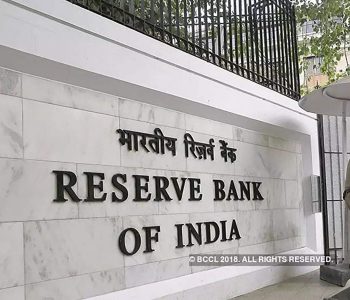Remittance dynamics in Nepal: Article by Rohan Byanjankar & Mira Sakha

KATHMANDU: Nepal is seemingly a remittance-based country with remittance inflows amounting to about a quarter of Gross Domestic Product (GDP). In the span of a decade, remittances from abroad have increased by more than three-fold from Rs 254 billion in 2010-11 to Rs 962 billion in 2020-21 (NRB, 2021).
Since 2009, the Department of Foreign Employment (DoFE) has issued over four million labor permits to Nepali workers; hence, labor migration forms an integral part of the Nepalese economy. Out of 110 destination countries for labor migration, Qatar, the UAE, Saudi Arabia, Kuwait, and Malaysia are the top five destination countries.
Poverty is one of the major macroeconomic problems in Nepal. The headcount poverty in Nepal stands at 16.6 percent as per economic survey 2019-20 and is substantially decreasing year by year but the multidimensional poverty that includes health, education, others till one third of the population are poor. Poverty retards the growth of a country from several facets; with the inaccessibility of poor to quality health and education leads to underdeveloped human capital.
Those working age individuals who are educated, skilled, and healthy forms a human capital of a country. Poverty is a vicious cycle that is difficult to get rid of. Poor people with no access to basic needs are entrapped into a whirlpool of vicious poverty from which they rarely escape.
Nepal receives a huge inflow of remittances from overseas. Aforementioned, Nepal received remittances worth Rs 962 billion which is about 23 percent of GDP in 2020-21.The cross-sectional analysis of household data of 2018 reveals that 38 percent of Nepalese rural households received remittances in 2018. Similarly, about 65 percent of households headed by females received remittances compared to about 30 percent of households headed by male counterparts. Concerning ecological belt, about 41 percent, 31 percent, and 32 percent of households living in the Hilly, Terai, and Himalayan region respectively received remittances in 2018. Likewise, among the ethnic groups, about 44 percent of Magar ethnic group received remittances followed by Chhetri. Similarly, 39 percent of households living in rural municipality received remittances compared to 23 percent of households in Metropolitan received remittances.
This shows that with remittances increases with increase in underdevelopment and remoteness. Interestingly, education status of household head and tendency to receive remittance have inverse relationship. Uneducated household heads are willing to send their household member abroad. This is supported by the fact that households with educated household heads are less likely to fall into poverty and they are not dependent on remittances.
Remittances have a poverty reduction feature. This feature is seen in majority of the world’s remittance recipient countries.
In Nepal, remittance receiving households are 2.3 percent less likely to get caught in poverty as compared to remittance non-receiving households. The probability of households plunging into poverty decreases by about 1.1 percent with every 10 percent increase in remittance inflows to households. This means that remittances have poverty reducing effect in Nepal. But remittances have a higher effect on poverty reduction in Bangladesh. In Bangladesh, remittances receiving households are 5.9 percent less likely to get caught in poverty as compared to remittance non-receiving households. Hence, remittances have a very high effect on poverty reduction in Bangladesh in comparison to Nepal.
Remittance has captured a deep-rooted impact on Nepalese society and the economy. The tendency is that remittances in Nepal is consumed and not invested in Nepal. Remittances is a boon and a bane. Remittances in Nepal if directed to productive sectors can play an instrumental role in poverty reduction. But remittances are not a permanent solution as it is entirely dependent on foreign countries economy and policy. Thus, policymakers should focus on utilization of huge remittances inflows in the growth of productive sectors that would assist in reduction of unemployment, poverty reduction, and dependency on foreign economy.
Authors: Rohan Byanjankar (Nepal Rastra Bank) & Mira Sakha (Nepal SBI Bank)














Facebook Comment